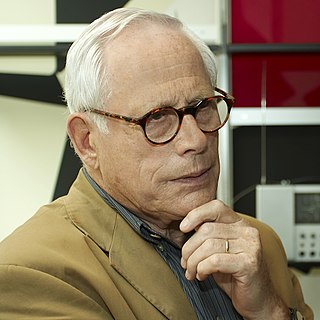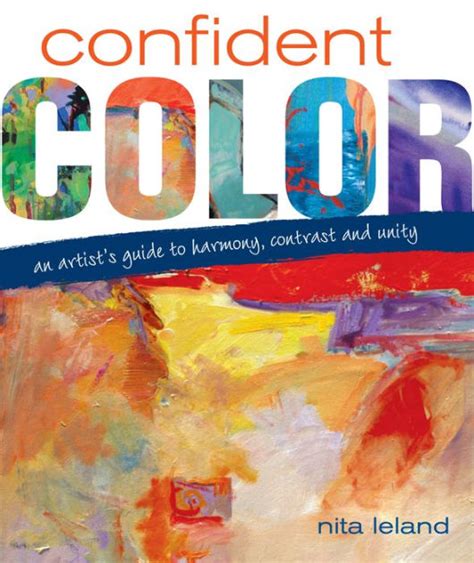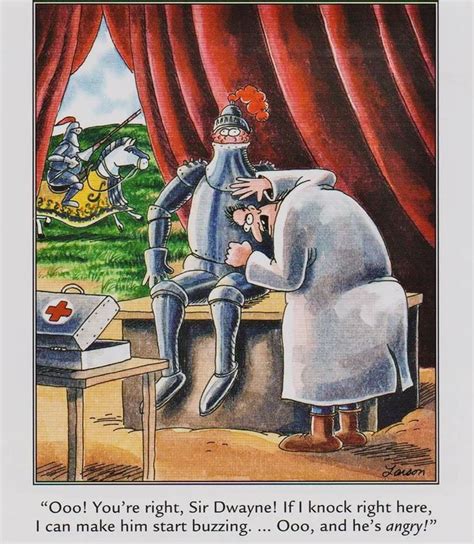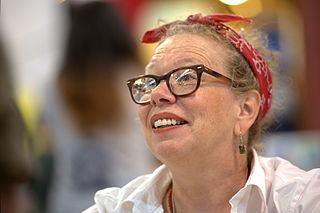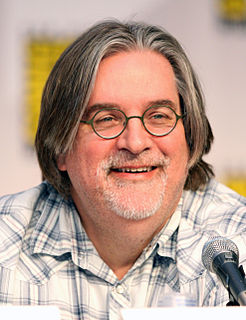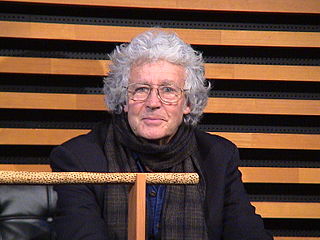A Quote by Jules Feiffer
Related Quotes
When we think of design, we usually imagine things that are chosen because they are designed. Vases or comic books or architecture... It turns out, though, that most of what we make or design is actually aimed at a public that is there for something else. The design is important, but the design is not the point. Call it "public design"... Public design is for individuals who have to fill out our tax form, interact with our website or check into our hotel room despite the way it's designed, not because of it.
Museums are important. Design and art schools are important because they show how it should be done at the highest level of quality. Once people are exposed to quality, they recognize it right away and they appreciate it. People's tastes are changed by exposure to quality. Unless they can see it they can't want it. That's the brilliance of Apple - they provide quality in design.
Chaos theory, a more recent invention, is equally fertile ground for those with a bent for abusing sense. It is unfortunately named, for 'chaos' implies randomness. Chaos in the technical sense is not random at all. It is completely determined, but it depends hugely, in strangely hard-to-predict ways, on tiny differences in initial conditions.
Good design is innovative
2. Good design makes a product useful
3. Good design is aesthetic
4. Good design makes a product understandable
5. Good design is unobtrusive
6. Good design is honest
7. Good design is long-lasting
8. Good design is thorough, down to the last detail
9. Good design is environmentally friendly
10. Good design is as little design as possible
I was first drawn to active wear because I enjoy working out, and it's very important in this day in age. I really felt women were getting the tail end of the design in active wear; not getting the technology or design we deserved. It was reserved for men. We were getting the leftover work from the sports design houses.
This is what we've been waiting for: finally, an unprecedented critical analysis of the history of Dutch design. Mienke Simon Thomas's Dutch Design is a book to have and to read: an important and richly detailed study of the cultural, economical and social-political context of twentieth-century design in the Netherlands.







